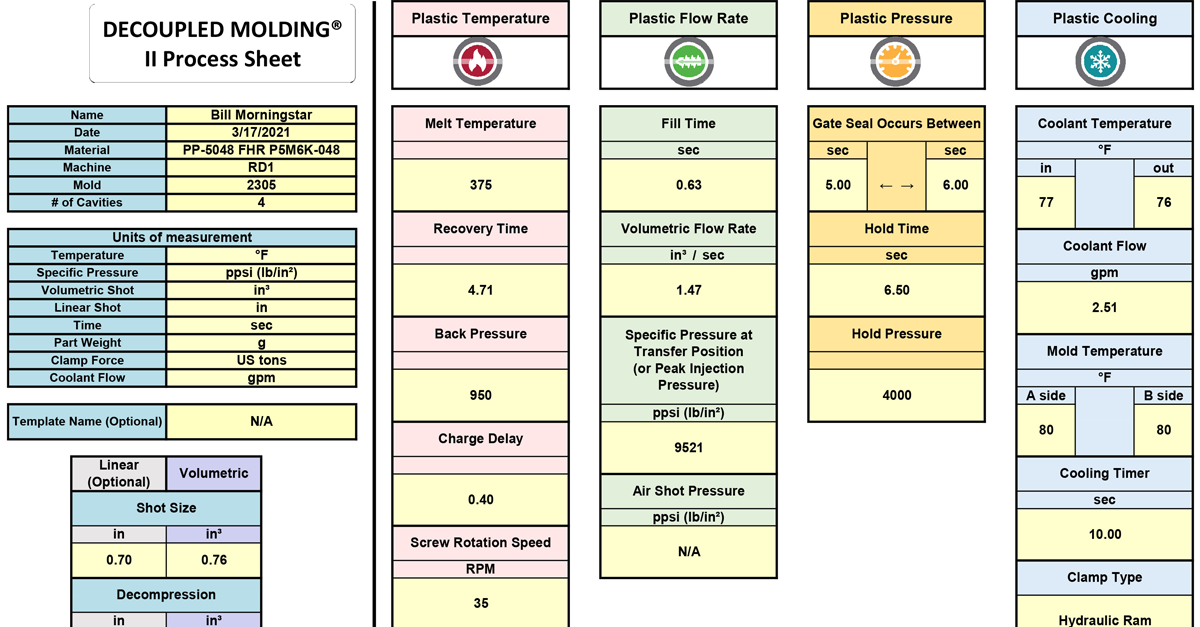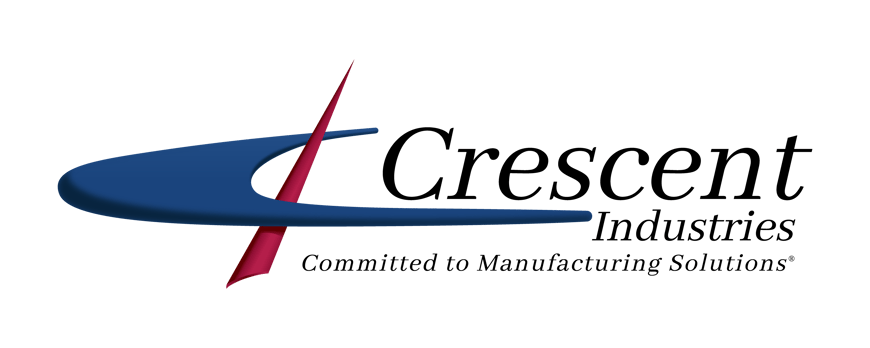
What is Decoupled Injection Molding - Optimizing for Quality Results
Superior-quality products and production efficiency are among the most important determinants of success in most industries, and plastic manufacturing is no exception. That’s why manufacturers are constantly seeking methods that can help enhance precision, consistency, and process productivity. One such method in plastic part production that has emerged as a game-changer is decoupled injection molding.
This article will explore the ins and outs of decoupled injection molding. From its different phases to applications in the real world and technological advancements revolutionizing it, we won’t leave any stone unturned.
Understanding Decoupled Injection Molding
So, what is decoupled injection molding? Also known as scientific injection molding, it is a systematic approach that separates or “decouples” the phases of the injection molding process. This technique gives better control of each stage of the molding process by allowing operators to fine-tune pressure, speed, and cooling times for optimal results.
Decoupled process injection molding ensures a more precise material flow, which is crucial for achieving plastic part consistency, quality, and precision. It also provides manufacturers with a higher accuracy level in reproducing exact molds that are ideal for high-performance components across industries like medical and aerospace.
Scientific decoupled injection molding is an improvement of traditional injection molding. It merges all the molding stages—filling, packing, and holding—solving the limitations experienced in traditional injection molding, including inconsistent part quality, the lack of control of parameters like injection pressure and temperature, and extended cycle times.
The Three Stages of Decoupled Injection Molding
Manufacturers can leverage three different levels of decoupled injection molding, depending on the level of control they wish to achieve. Let’s explore each of these for a better understanding of the decoupled injection molding process:
Decoupled I: Controlling Cavity Pressure
This is the most basic method of decoupled injection molding. It separates the filling and packing phases of injection molding.
Decoupled I dates back to the 1970s when the focus was on controlling the cavity pressure. This method works by filling the mold at a controlled velocity until it is complete. The machine is then set to a specific holding pressure and melt inertia to pack the mold.
While filling and packing seem like (and they are) two separate processes in this method, decoupled I doesn’t allow for full isolation. The packing phase depends on the filling stage’s inertia.
Decoupled II: Isolating Filling and Packing
We’ll use the analogy of driving a car headed home to understand this method better. Imagine driving fast all the way home, backing up into the garage, and letting the impact of your vehicle and the garage’s back wall stop you. It's not the ideal way to park, right? The correct way would be to drive at a controlled speed, slow down as you approach your driveway, and carefully guide the car into the garage.
Decoupled II uses the same analogy. It separates the filling and packing stages by filling molten plastic into the cavity as quickly or as slowly as you want but slowing down at the end when the mold is between 95 and 98 percent full. This gives the molten plastic’s inertia time to settle or dissipate before packing. The separation provides better control over fill rates and packing pressure, essential parameters for reducing or entirely preventing plastic part defects.
Decoupled III: Separating Fill, Pack, and Hold
For this decoupling method, fill, pack, and hold occur separately. Because of this, you can tune the injection speed of the filling stage to any level, depending on the injection mold part’s geometry. For the second stage (packing), low, controlled speeds and velocity squeeze the plastic to reach precise packing levels instead of employing second-stage pressure. Finally, the third stage of this method —hold— takes place to prevent the molten plastic from flowing out of the mold and blocking the gates.
Real-World Applications of Decoupled Molding
Due to its ability to achieve consistent quality in the final parts, decoupled scientific molding is particularly beneficial for industries that require strict quality control and reliability. As such, some real-world applications that can benefit from this method include:
- Medical-grade components: The medical industry depends on part consistency for patient safety. Manufacturers must comply with regulatory standards, such as ISO 13485, that govern the design and manufacture of medical devices like syringes, catheters, and surgical tools. Decoupled molding can help manufacturers achieve compliance by producing medical parts with tight tolerances without risk of failure or inconsistency that could jeopardize patient health.
- Military: Military operations need a lot of precision, and the equipment used plays a huge role in their success or failure — minor defects could have catastrophic consequences. That’s why any plastic parts needed in combat and as part of other equipment must be of the highest possible quality and reliability. When manufacturers employ decoupled injection molding for military components, they can ensure reliable performance by producing parts to exact specifications.
Recent Technological Advancements
As with most processes and industries, technological advancements have impacted decoupled molding. Today, material selection has become easier due to the availability of a wide range of materials for producing injection molded parts. This has resulted from evolving industry and environmental requirements, which demand manufacturers to adapt or go out of business. For instance, biodegradable and recyclable plastics have emerged as the preferred options given the current emphasis on environmental sustainability.
Automation is yet another advancement in decoupled injection molding worth highlighting. It can take two main forms: fully or semi-automated. Additionally, it can be in the form of machinery or process control. Whatever the case, automation is a game-changer for decoupled molding because it helps improve efficiency, precision, and quality.
Partner With Crescent Industries for Advanced Decoupled Injection Molding Solutions
Decoupled injection molding is the key to producing high-quality and reliable plastic parts. That’s why you need an injection molding partner that can help you leverage the benefits of this scientific molding process.
At Crescent Industries, we incorporate the best and latest techniques, technologies, and industry standards to deliver the best injection molding services, including decoupled injection, for our clients. Whether you need mold design, custom injection molding, or post-processing services, we’ve got just the solution for you!
Contact us today for more information.
FAQs
What is required for a process to be classified as decoupled molding II?
The distinguishing feature of decoupled molding II is that it separates the injection molding cycle into two distinct stages: filling and packing.
What is the difference between decoupled 2 and 3?
The primary difference between decoupled II and III is the number of stages that the processes separate. Decoupled II isolates the molding phases into two stages, while decoupled III separates them into three.
Sources
Almanac: The Fundamentals of Decoupled MoldingDecoupled Molding(SM)
Technology at Work: How RJG’s Decoupled Molding℠ Provides Superior Quality
DECOUPLED MOLDING(SM) for Process Capability - Part 1
INJECTION MOLDING: COMPLETE GUIDE TO SCIENTIFIC MOLDING
Topics:
Related Articles
-
Dec 10, 2024
Injection Molding Burn Marks: Causes and How To Avoid Them
Read MoreThe injection molding process can be complicated. If you rush your project or do not pay close...
-
Apr 02, 2024
An Expert's Approach to Injection Molding Process Development
Read MoreAre you curious about the innovation behind your flawlessly molded plastic products? Welcome to the...
-
Nov 29, 2023
What is Important to the Plastic Injection Molding Process?
Read MorePlastic injection molding is a smart and flexible way of making different products. It’s a method...

